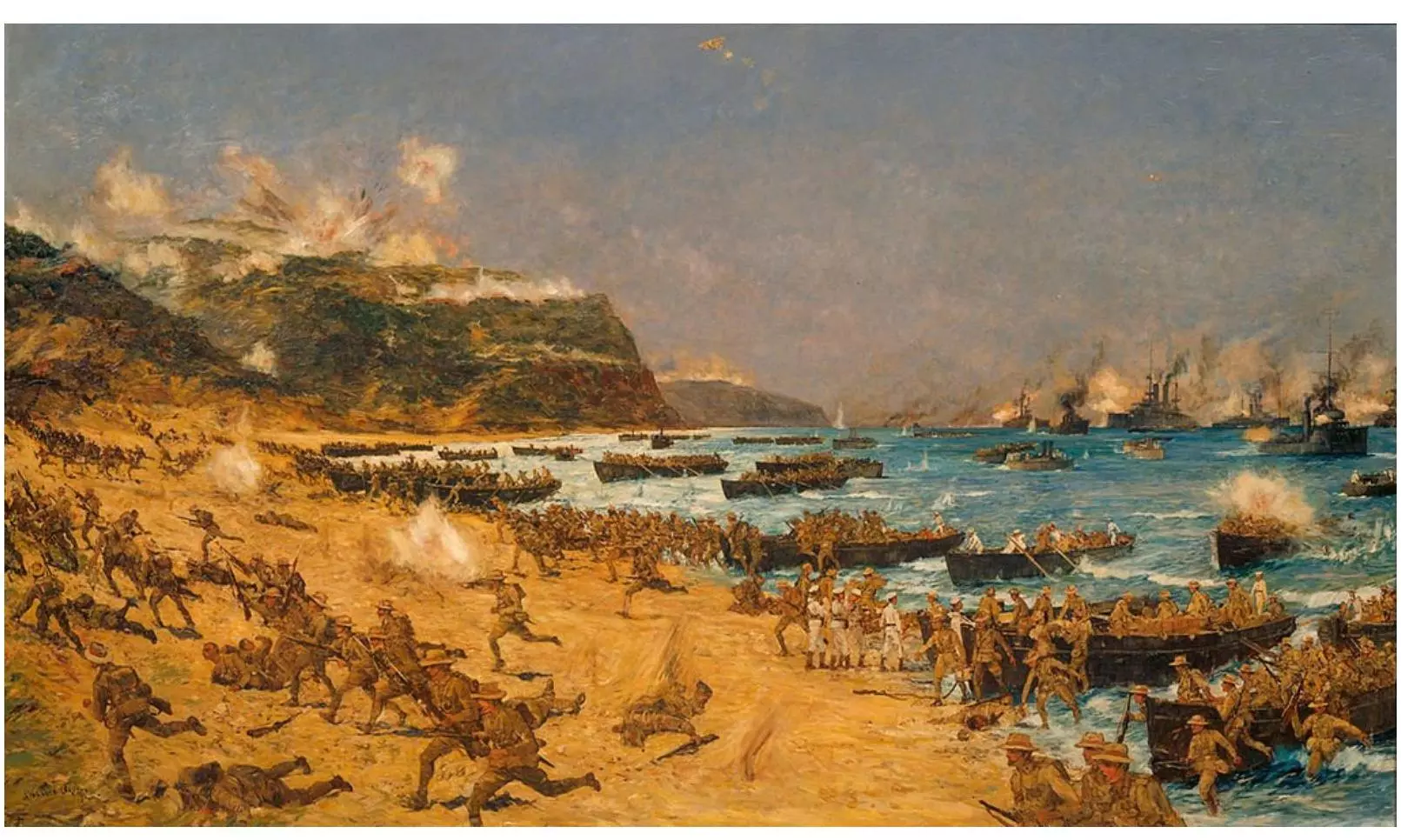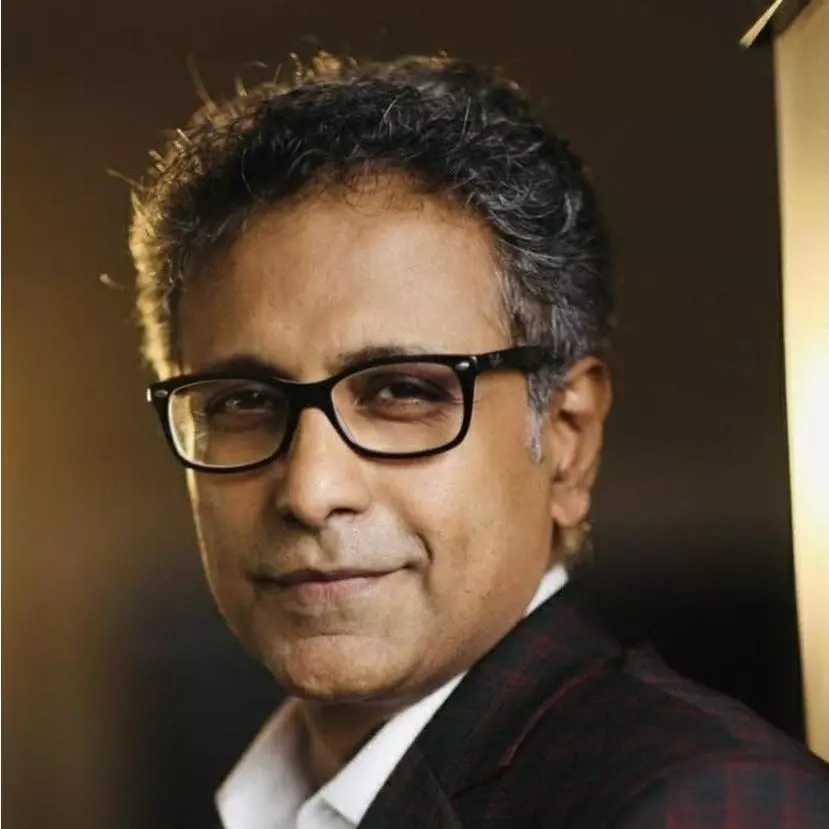Travels in Gallipoli: A Tale of Forgotten Indian Bravehearts

A four-hour car ride separates the quiet, unobtrusive fields of Gallipoli overlooking the Dardanelles Strait from the bustling Turkish capital of Istanbul. Ironically, in sleepy Gallipoli rests memories of a bloody campaign in history during World War I. Standing by the edge of the calm Dardanelles and bracing against the stabbing gust that blows inland, I stare at the tall obelisk named Helles Memorial.
Our Turkish guide Ahmet, a local historian, points to a stretch of land on the other side of Dardanelles — the city of Troy. I realise we are in the middle of centuries of history. On walls around the obelisk are etched names of gallant Indian soldiers who died in a wasted battle over nine difficult months in 1915 that claimed over 100,000 lives. ‘What percentage of visitors to Gallipoli are Indians?’ I ask Ahmet, knowing the answer. ‘Maybe 2 per cent’, he confirms my suspicion. The names on walls are forgotten in their home country but are immortalised in the battlefields where they perished. Soldiers from Punjabi, Sikh, Gurkha regiments, and the Animal Transport Company of the Army Service Corps imprinted on concrete are the only remaining remembrance of these heroes. Sadly, this is in sharp contrast to the other heroes of that dreadful war.
Last year, in April 2023, while visiting Sydney, I noticed the reverence accorded towards war veterans from Australia and New Zealand as part of ANZAC Day celebrations which marks the landing of troops from the two countries on the Gallipoli peninsula in 1915. The backstory of the campaign is interesting. After Germany bombed Russian ships at the Odesa port in 1914, Sir Winston Churchill, then a Naval Admiral, decided to attack Gallipoli and gain access to the Black Sea and capture Constantinople. In March 1915, British ships sailing into Dardanelles were sunk by the Turkish artillery guns. Ahmet takes us to the location where replicas of the guns and ammunition dumps tell us how well prepared the Turkish forces were.
From the Helles Memorial, we drive past fields and village settlements. The Gallipoli campaign stretched over 700 kilometres. ‘There were no roads to carry equipment and weapons across the peninsula,’ he tells us. The Indian mule transport was brought in from France, carrying 4316 mules and 2000 carts. Over 10,000 tons of hay, barley and maize arrived from India to feed the animals. The mule corps did a stellar job of ensuring ammunition and food were available to hapless troops as the war wore on. We drive towards Chunuk Bair, a ridge that houses a memorial for ANZAC soldiers who had landed at Gallipoli on 25th April. Ahmet points out a structure for Turkish soldiers nearby commemorating the death of over 86,000 Ottoman soldiers.
A revised attack plan was devised by the Allies soon after the initial thrust failed in March 1915. A sluggish advance of the Allies allowed Mustafa Kemal, the Turkish commander to deploy his defences on Sari Bair and Chunuk Bair ridges and repulse the attacks. The Allied campaign was not going according to the plan. By 1915, Indian soldiers, including the Sikhs and the Pathans, had proved to be dogged fighters in the British army. Another set of fighters had built up a formidable reputation in Europe. The Gurkhas. General Ian Hamilton, who had previously served in India, specifically asked for Gurkha troops to be inducted. Thus, the 29th Indian Infantry Brigade, commanded by Brigadier Herbert Cox comprised four Indian battalions — 1/6th Gurkha, 14th Sikhs, 69th, and 89th Punjabi. It was the first time that an Indian Army brigade operated without a British battalion amongst them.
On 12th May 1915, a plan was worked out to capture the Bluff (a broad cliff on the bank of the Strait) that would enable the movement of troops. The Indian brigade swung into action. A battalion of 1/6 Gurkha Rifles advanced towards the objective, supported by a Punjabi battalion providing covering fire. Another Gurkha company covered the flanks, enabling the battalion to advance in the cover of the night. By dawn on 15th May, the Gurkhas and Punjabis had captured the Bluff. The Gurkhas sat on the left, Sikhs in the centre and the Manchester Regiment on the right. The capture of the Bluff enabled the establishment of supply lines and proved critical to the survival of Allied troops in Gallipoli. The Gurkhas, under Subedar Gambir Singh Pun, had delivered a mighty blow. The seized ground was renamed as the Gurkha Bluff.
Subsequently, on 9th August, the indomitable Gambir Pun led his troops to victory at Sari Blair — the only such victory at Gallipoli. ‘Where is Sari Bair, which the Indians captured?’ I ask Ahmet, as he looks at me inquiringly. We look around for a steep slope the Gurkhas climbed to overwhelm the shocked Turkish defences sited on commanding heights of the ridge. Finally, at Sari Bair, on a slope lined with graves, we come across one belonging to a Gurkha soldier. A stone tablet carries his name. Havildar Punahang Limbu, 10th Gurkha Rifles died fighting here on 10th August 1915.
Gallipoli ended in defeat for the Allies but spawned several fascinating stories. A young British officer came to Gallipoli to serve with the 6th Gurkha Rifles. ‘I was so struck by their bearing in one of the most desperate battles in history that I resolved, should the opportunity come, to try to serve with them,’ wrote Lieutenant William Slim. Slim volunteered for posting to the Gurkha Regiment in India and rose to become a Field Marshal and a legendary war hero in the Indian Army. 2nd Lieutenant Reginald Savory was injured while leading soldiers of the 14th Ferozepur Sikhs in battle. A soldier, Uday Singh, saved his life and carried him to safety. It was the beginning of a remarkable story. The two families exchanged more than 100 letters. Uday Singh passed away in 1947. One day in 1968, Uday’s son had a visitor at home in Chandigarh. Lt General Savory had come to visit the family.
On the road back to Istanbul, I wonder about Gallipoli’s place in history. In a world where wars rarely bring closure, Gallipoli is a rare example. Is it a land of mass graves that remind us about the futility of wars? Or is it also a land of stories of soldiers? I think of Havildar Punahang Limbu and his final resting place. The slope, where he won and died at the same time, confers an ode to his valour.

